Sponsored by Football Index
Comparison is the thief of joy, apparently, at least it is according to former US president Theodore Roosevelt.
All well and good, Teddy, but you clearly never saved hundreds of pounds on your car insurance using a certain type of website.
And you didn’t use Football Index either.
Football Index is a kind of stock market where people use real money to bet on football.
You buy shares in individual players whose value can rise or fall depending on their performance both on and off the field.
I’m actively using FI this season with more than a nod to FPL, seeing which aspects of each game marry up, and which don’t.
So at the risk of stealing even more joy, it’s time to compare how the top scorers in FPL are doing in FI.

Top of the FPL shop is Son Heung-min, with 100 points.
Just behind him is team-mate and assist stooge Harry Kane (98pts), while FPL’s major star of recent years, Liverpool’s Mohamed Salah, is third on 87 points.
We’ve gone into plenty of detail about the fourth-placed star, Bruno Fernandes (80pts), so we’ll move on from him with just a parting mention that FI share prices are volatile at the moment.
As a result, while the Man United midfielder is still the most expensive player in the market, his £7.52 value is over a pound down from the last time this column was published a week ago.
That brings us to number five in the FPL charts, and the game’s most popular asset (61.7% ownership), Everton striker Dominic Calvert-Lewin, who is on 78 points.
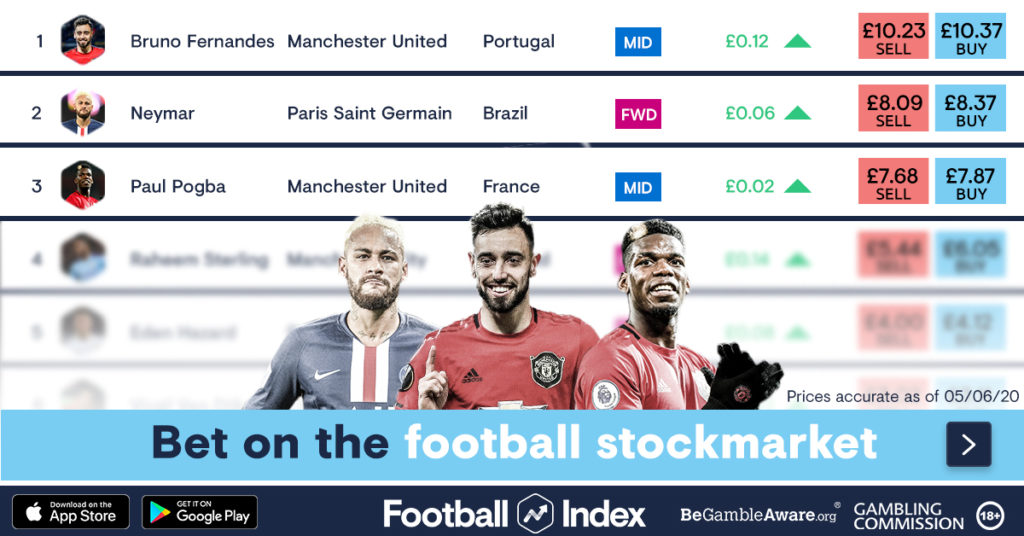
So how are this quartet faring in FI?
Starting at the top, with Son, the answer is… differently.
Over the last three months, which neatly matches the start of the 2020/21 Premier League season, the Spurs star’s price has yo-yoed, peaking at just over £3 and dipping well below £1.
It’s now up 5% overall at £1.98, which is excellent in the grand scheme of things, while he’s also brought in £0.44 per share in dividends, all of which have come from his fine match day performances rather than any extra from media coverage.
A lot of that is down to him producing a striker-like output from a midfield berth, which has also helped him massively in FPL.
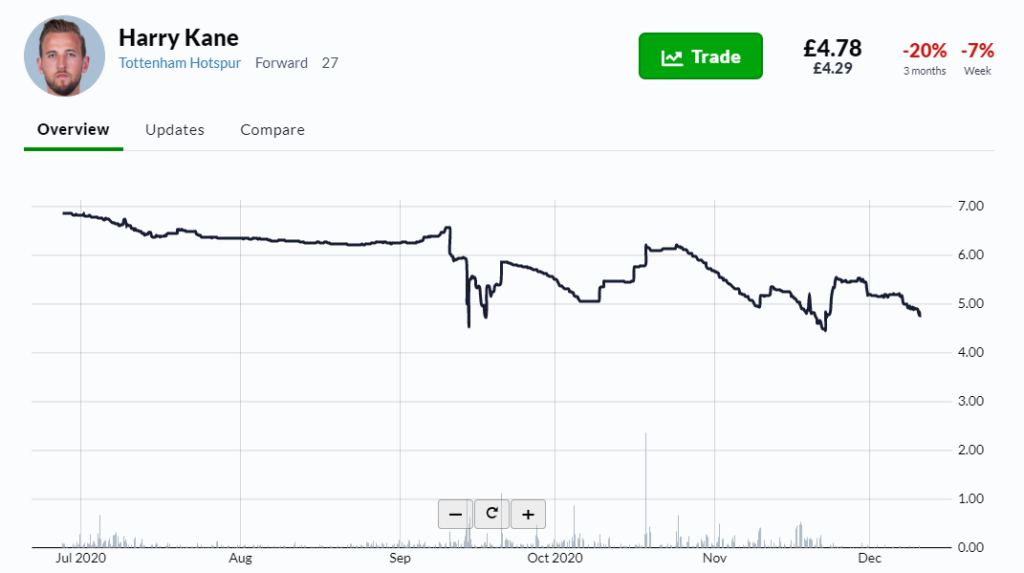
Harry Kane (£4.78) has out-performed his team-mate on the dividend front.
The striker has brought in £0.62 per share, with a fairly even split between match day (£0.28) and media (£0.34) pay-outs.
But his price has dropped, down 20% over three months; now may not be a bad time to consider a bet on the England international, perhaps.
Salah (£2.20) has lost even more share value (-29%) than Kane, has produced nothing in media dividends and just £0.16 in match day extras.
The Liverpool icon has been fantastically consistent in FPL this season, producing decent returns in seven of his 10 league starts.
But Gameweek 11’s double-digit haul against Wolves was only his third such score this campaign – and the others came in the first four games.
That lack of truly explosive performances has harmed his media prospects. As has his generally stable footballing life, devoid of transfer rumours and what have you. In fact, the biggest Salah news this season was his Covid-19 positive test following his brother’s wedding.
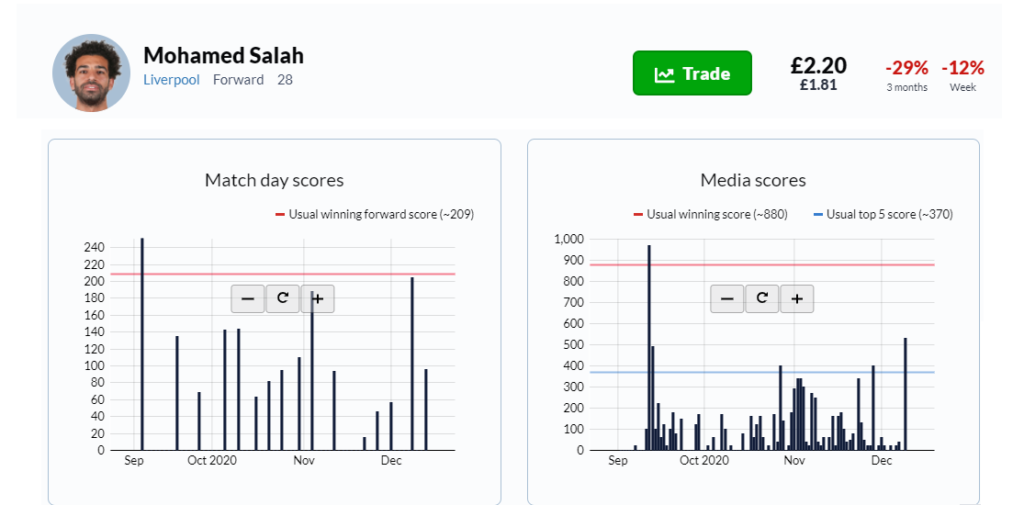
As for Calvert-Lewin (£1.32), he’s managed only £0.02 in media dividends and nothing at all from the match day pot, while his price is down 27%.
It’s worth mentioning, however, that the Everton striker’s share value across the year is up 55%.
And there’s something else to factor in with all these players – performance dividends that are paid out across the first 30 days of ownership.
Much like FPL, goals and assists are rewarded – with money rather than points – throughout that 30-day ‘honeymoon period’ after you buy into a player.
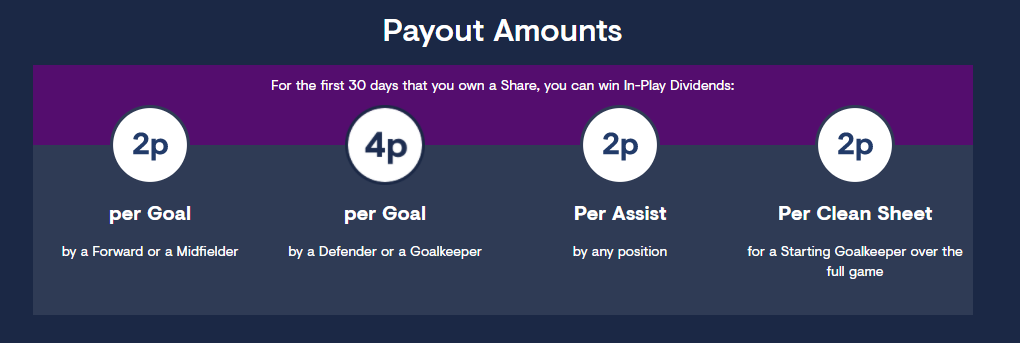
So Salah’s Gameweek 1 hat-trick against Leeds, for instance, would have earned his shareholders an excellent pay-out. What it might not have done was earn them a match day dividend as well because that relates to performances in all of Europe’s top leagues, so the best Premier League player on a certain day won’t always be the star turn across the entire continent.
I mentioned that we wouldn’t be going big on Bruno this week.
I lied.
He’s out-performed everyone else in FPL’s top five, with £0.94 in dividends thanks to six media pay-outs and two match-day number one placings (and six in the top five overall).
Even then, his share price is down 25% on its mid-July peak of around £11.60, but Fernandes has been providing consistent returns for his owners (in both FI and FPL) for the best part of a year now.

The takeaway from all that? Much like FPL, buying into a player at the start of a good run of fixtures could earn you excellent rewards.
But chasing value is a trickier prospect in FI as share prices are more changeable than FPL’s transfer market, with a long-term view also important in many cases.
Sign up to Football Index today and take advantage of their seven-day £500 money-back guarantee.
T&Cs available on https://trade.footballindex.co.uk/moneybackguarantee/.
18+. Please gamble responsibly. http://begambleaware.org. #ad
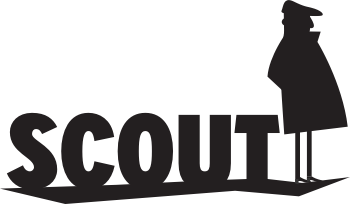

3 years, 10 months ago
Par(ty)ers Unite!!!